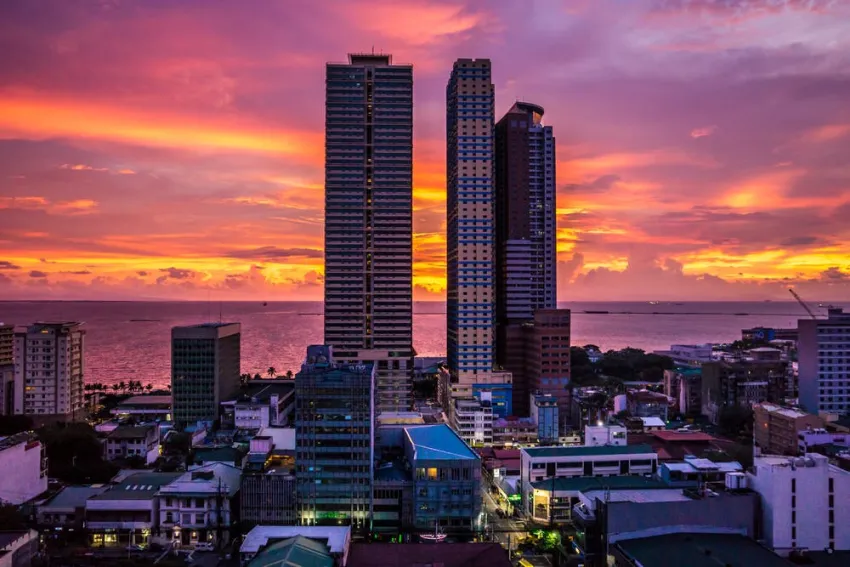
Philippine banking system faces $13.8b in impairment losses
A severe stress scenario in the weak real estate sector will drive up NPL ratios.
The Philippine banking system could incur $13.8b in impairment losses should the real estate sector capsize under a severe stress scenario, reports Fitch Ratings.
The pandemic-induced economic shock is expected to lead to a correction in the Philippines’ property market, which prior to the pandemic saw prices increase significantly over the last decade and outpace regional peers, according to Fitch.
Dwindling remittance inflows and mounting job losses are also expected to weaken the property market in the near term, the note added.
Given market conditions, the property market is expected to remain weak in the near term, which in turn will drive up non-performing loans (NPLs) in banks and may result in a severe real estate-related stress in the financial industry.
However, should a severe real estate scenario take place, Philippine private banks are estimated to need a total of $1.3b in fresh capital.
Further, the banking system faces losing 38% of its estimated CET1 capital should a severe stress scenario take place.
“Fitch estimates the Philippine banking system could potentially incur USD13.8 billion in impairment losses, with many banks breaching regulatory CET1 requirements under a scenario of severe property sector stress,” Fitch wrote.
During such a scenario, NPL ratios are forecasted to rise between 6.9% and 14.5%. Banks with higher real estate exposure, and those who entered the pandemic crisis with weaker asset quality, will also likely suffer the greatest impact.
The above is also still a conservative assumption, however, according to Fitch, as they have only assumed a loss rate of 60% on banks’ secured real estate non-performing exposures. On the other hand, Fitch had also not yet factored in banks utilising regulatory relief available to amortise provisioning to cushion the impact of credit provisions on earnings—which would reduce the actual amount of capital needed.
Currently, banks’ overall NPL ratio is projected to rise 3.6%-7.6% from 1.1%-3.2% by end-2020, provided that major private banks have enough earnings and capital buffers, and are able to withstand a moderate degree of shock in real estate prices and market activity.
Further, many large developers have showcased satisfactory debut servicing capacity despite a rice in leverage over the last few years, which will help tide them through the crisis.
Photo courtesy of Pexels



















 Advertise
Advertise










